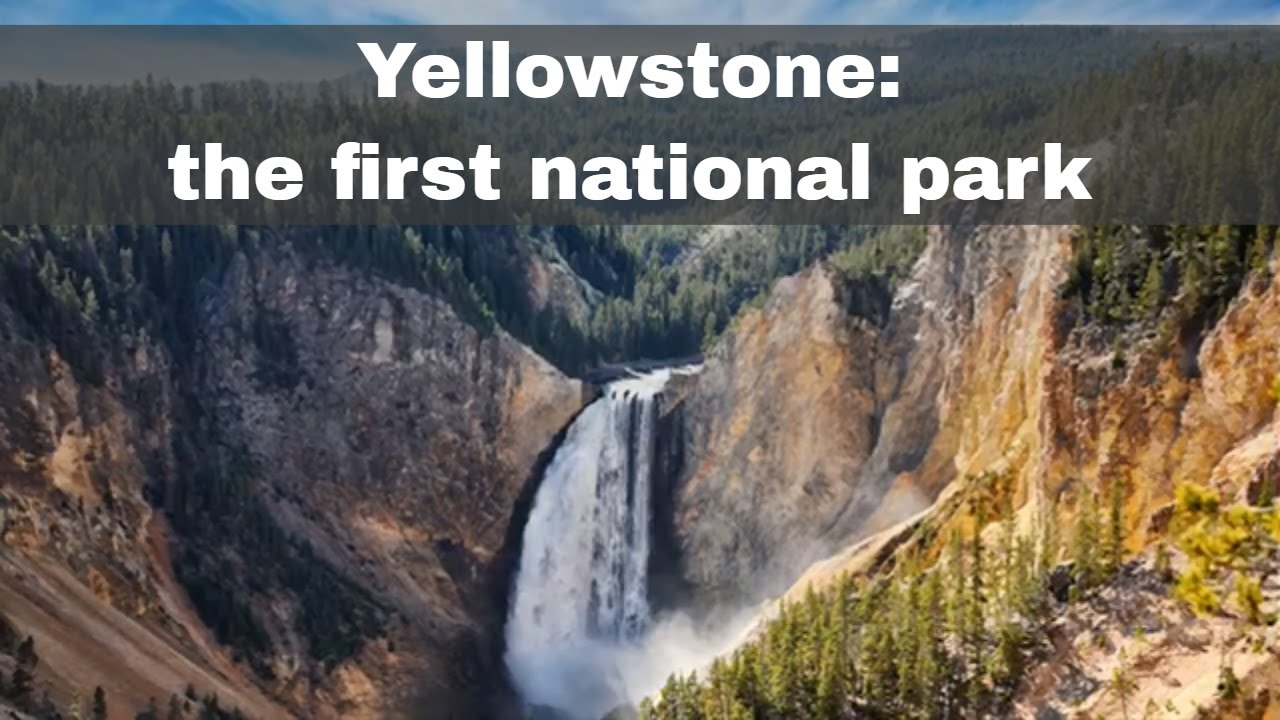On March 1, 1872, not only did Yellowstone become the first National Park, but the whole concept of national parks was invented. Before that time, natural land was seen as nothing more than a resource to be exploited. But the natural splendor of the Yellowstone region changed a lot of people’s thinking on the subject.
In the early 19th century, the Lewis and Clark expedition of explorers heard of the Yellowstone region from the native inhabitants of the area, but they did not investigate. However, a member of the expedition named John Colter left the expedition and wandered through the region himself. He found some of the area’s distinct geothermal features and later described the land as a land of “fire and brimstone.” Other travelers described hot rivers, boiling mud, a mountain of yellow rock and glass, and petrified wood. Nobody believed them, and Yellowstone quickly became seen as a land of myth and folktales.
Subsequent explorers proved that the tales of Yellowstone’s strange wonders were not tall tales, though. Those who saw them were deeply moved, and Cornelius Hedges, a lawyer and writer, proposed that the whole Yellowstone region should be set aside and preserved as a sort of national park instead of being exploited for resources.
There had never been a national park before. And a lot of people in the Yellowstone region fought against the measure, fearing that their towns’ economic prospects would be ruined if they were not allowed to develop the land. However, in early 1872, the Yellowstone National Park Protection Act became law, and America’s national park system was created.

